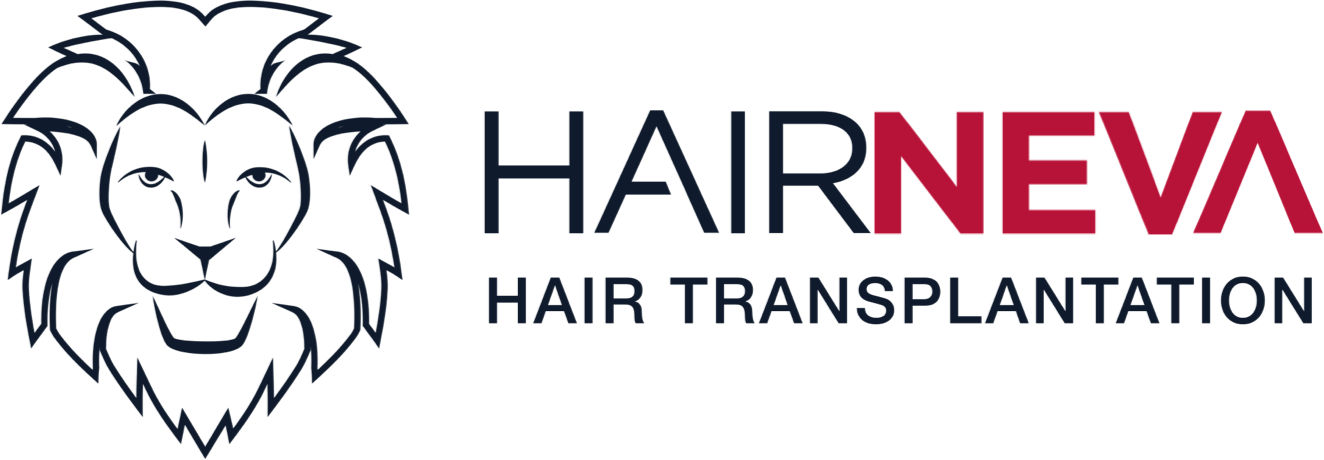Ethnic Hair Transplants: Understanding the Unique Needs of Different Hair Types
Hair transplantation has become a revolutionary solution for individuals seeking to restore hair lost due to genetic factors, aging, or trauma. However, one size does not fit all when it comes to hair restoration procedures. Different ethnic groups have distinct hair types, each requiring specific techniques to ensure the best results. Whether it’s curly, straight, or wavy hair, each hair type demands a unique approach to achieve natural-looking outcomes. This article explores the differences in hair types among various ethnic groups and how hair transplant techniques are tailored to meet these diverse needs.

Understanding Different Hair Types Across Ethnic Groups
- African Hair Types
African hair is often characterized by its tight, curly, or kinky texture. It tends to be denser and more fragile compared to other hair types, with a greater susceptibility to damage from traction and chemical treatments. The follicles themselves are also unique in shape, which can affect how they are extracted during hair transplant procedures.When considering hair transplant techniques for African hair, it’s crucial to ensure that the grafts are extracted carefully to preserve the integrity of the hair follicles. Since the hair is coarser and curlier, a method such as FUE (Follicular Unit Extraction) is often preferred. This technique allows for the precise extraction of hair follicles one by one, minimizing damage to the follicles and reducing the risk of scarring.
- Asian Hair Types
Asian hair is typically straight, thick, and has a round follicular shape. It is often denser than Caucasian or African hair, which can make it more suitable for certain hair transplant techniques. The straightness of Asian hair also allows for a smoother and more seamless hairline, making the results appear more natural.For Asian hair transplant procedures, FUT (Follicular Unit Transplantation) and FUE are commonly used. Both methods can be applied effectively, but due to the thickness of the hair, FUE is often preferred to ensure that grafts are extracted and transplanted with minimal trauma to the scalp. Asian hair generally responds well to hair restoration, as the density of the hair provides good coverage and camouflage for transplanted grafts.
- Middle Eastern Hair Types
Middle Eastern hair typically ranges from wavy to straight and is often thicker and more dense. The follicles are typically oval or slightly flat, and hair tends to grow in thicker, more visible patches. People of Middle Eastern descent usually experience male pattern baldness (MPB) at the crown or temples, which can significantly affect self-esteem.For Middle Eastern individuals, DHI (Direct Hair Implantation) and FUE are two popular techniques used. DHI, in particular, allows for more precise implantation of grafts directly into the scalp without creating incisions, which is beneficial for people with thicker hair types. The technique also minimizes scarring and is ideal for individuals seeking natural-looking results, especially when working with thicker, denser hair.
Tailoring Hair Transplant Techniques for Ethnic Hair
The key to successful ethnic hair transplantation lies in customizing the approach based on the individual’s hair type. Here’s a breakdown of how these techniques differ:
- FUE (Follicular Unit Extraction)
FUE is a minimally invasive method that involves extracting individual follicular units from a donor area and transplanting them to the thinning or balding area. For ethnic hair types like African or Middle Eastern, FUE allows the surgeon to work with each follicle individually, ensuring the integrity of curly or wavy hair is maintained throughout the procedure. This method also reduces the risk of visible scarring, making it ideal for individuals with shorter hairstyles. - FUT (Follicular Unit Transplantation)
FUT involves removing a strip of scalp from the donor area and dissecting it into individual follicles. This method is often chosen for individuals with thicker, denser hair, such as those with Asian or Middle Eastern hair. FUT is ideal for patients who need a larger number of grafts in a single session. - DHI (Direct Hair Implantation)
DHI is a refined version of FUE, using a specialized pen-like device to implant hair follicles directly into the scalp. It is especially effective for individuals with thick or wavy hair, such as those from Middle Eastern backgrounds. DHI can create a more refined hairline and reduce trauma to the hair follicles, leading to quicker recovery times.
Conclusion of Ethnic Hair Transplants
Ethnic hair types require a personalized approach when it comes to hair transplantation to ensure natural-looking and long-lasting results. Whether you have curly African hair, thick Asian hair, or wavy Middle Eastern hair, understanding the unique characteristics of your hair and choosing the right technique is essential. Modern hair transplant techniques like FUE, FUT, and DHI are all designed to cater to various hair types, ensuring that every patient, regardless of ethnicity, can enjoy the confidence that comes with a full head of hair.
If you are considering hair restoration, it’s crucial to consult with an experienced surgeon who understands the specific needs of your ethnic hair type. By tailoring the approach to your individual needs, you can achieve a natural, youthful, and aesthetically pleasing result. Contact us today to schedule a consultation and learn more about how we can help restore your hair and your confidence.


